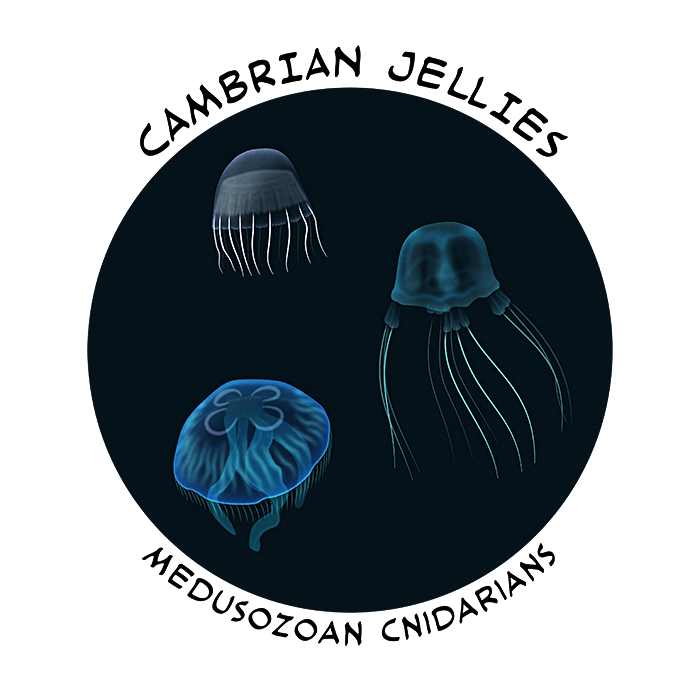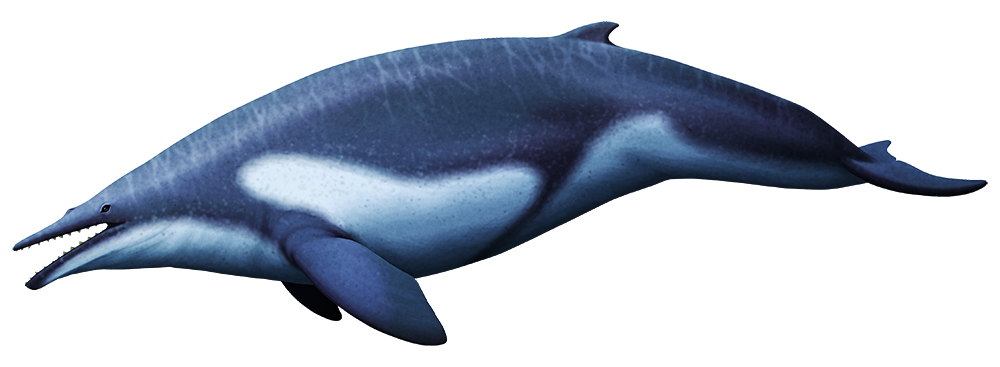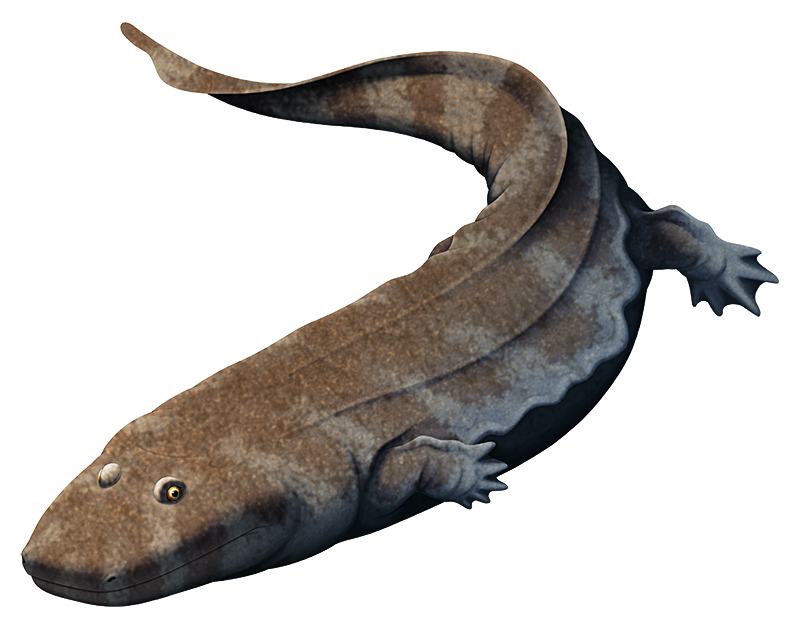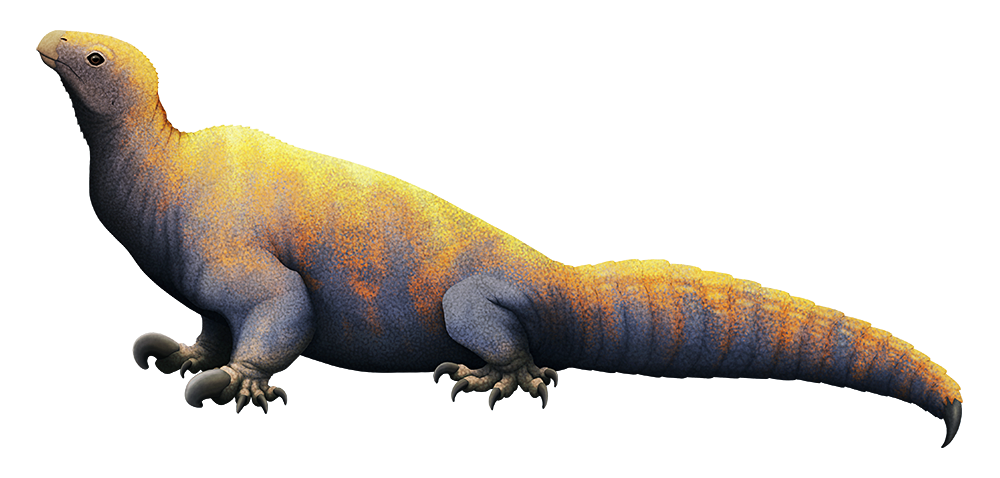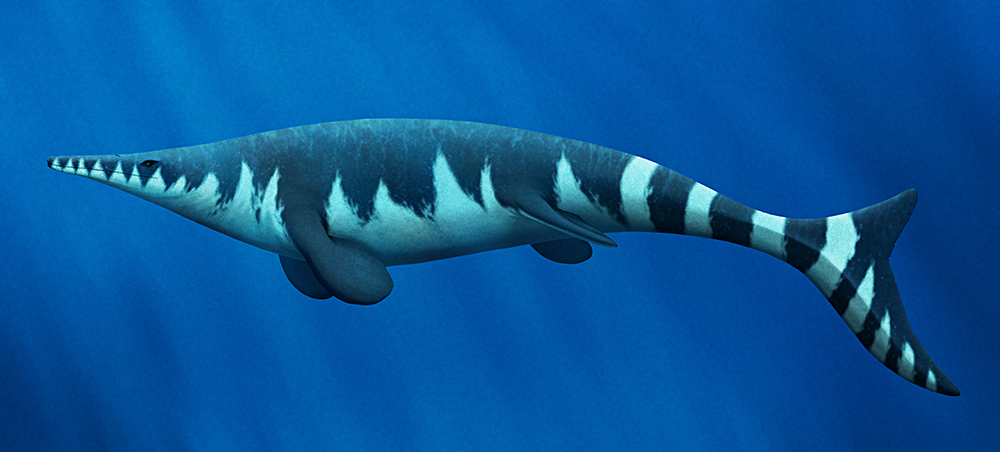Odd shell-like structures that resemble angular ribbed cones with four-way symmetry appear in the fossil record starting around the mid-to-late Cambrian (with a possible Ediacaran record).
Known as conulariids, these fossils are so distinctive and different from anything else that for a long time their evolutionary affinities were unknown, and they were considered to be a “problematic” group. But in recent years they’ve been identified as being cnidarians, generally thought to be close relatives of modern stalked jellyfish.
Continue reading “Cambrian Explosion Month #07: Phylum Cnidaria – The Weird Ones”
